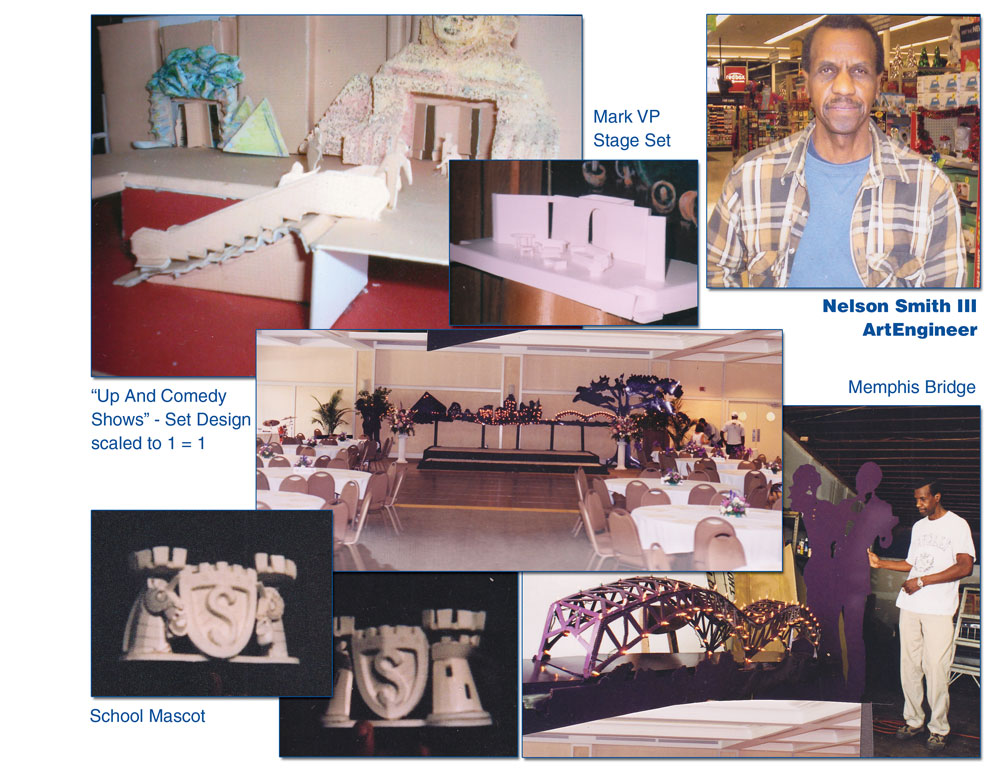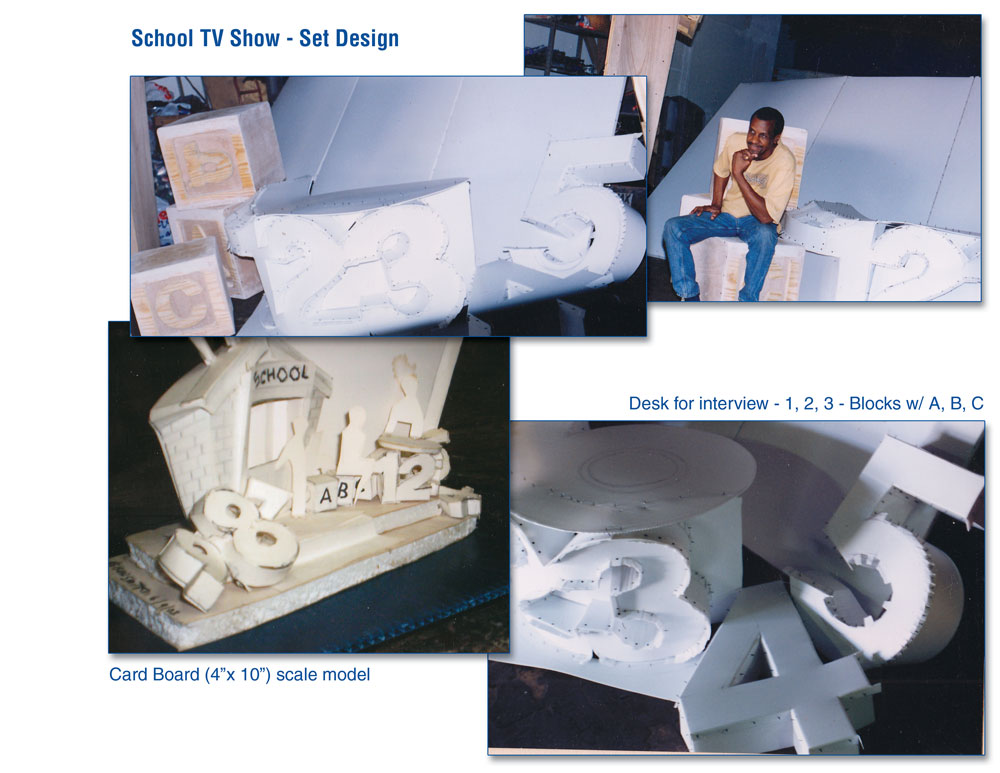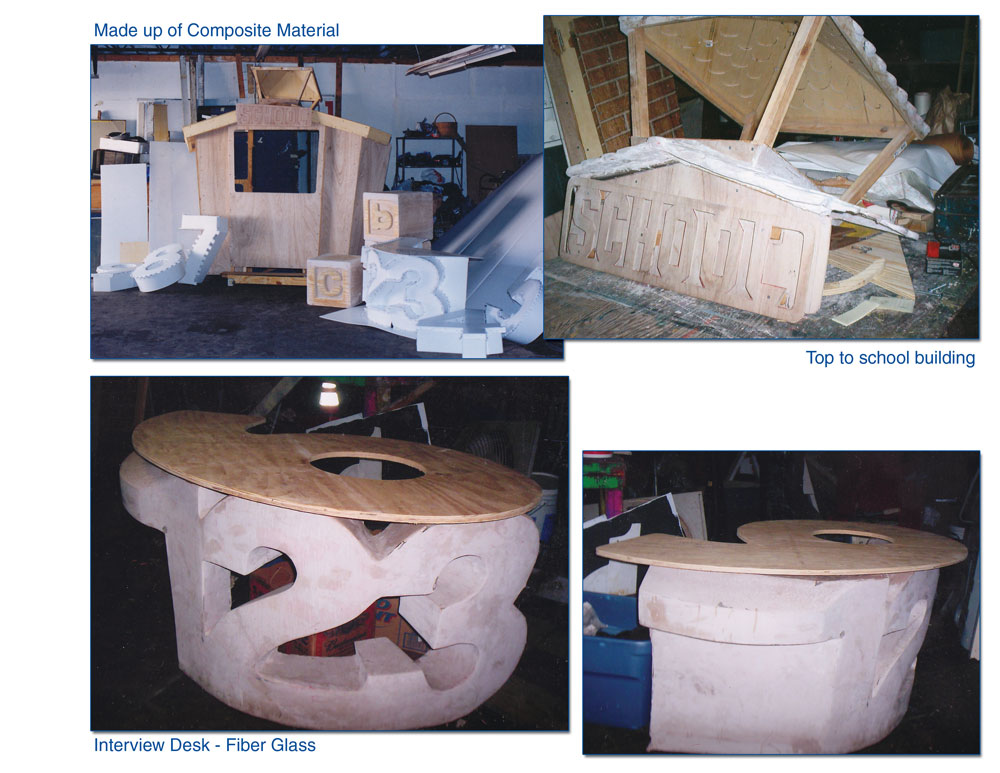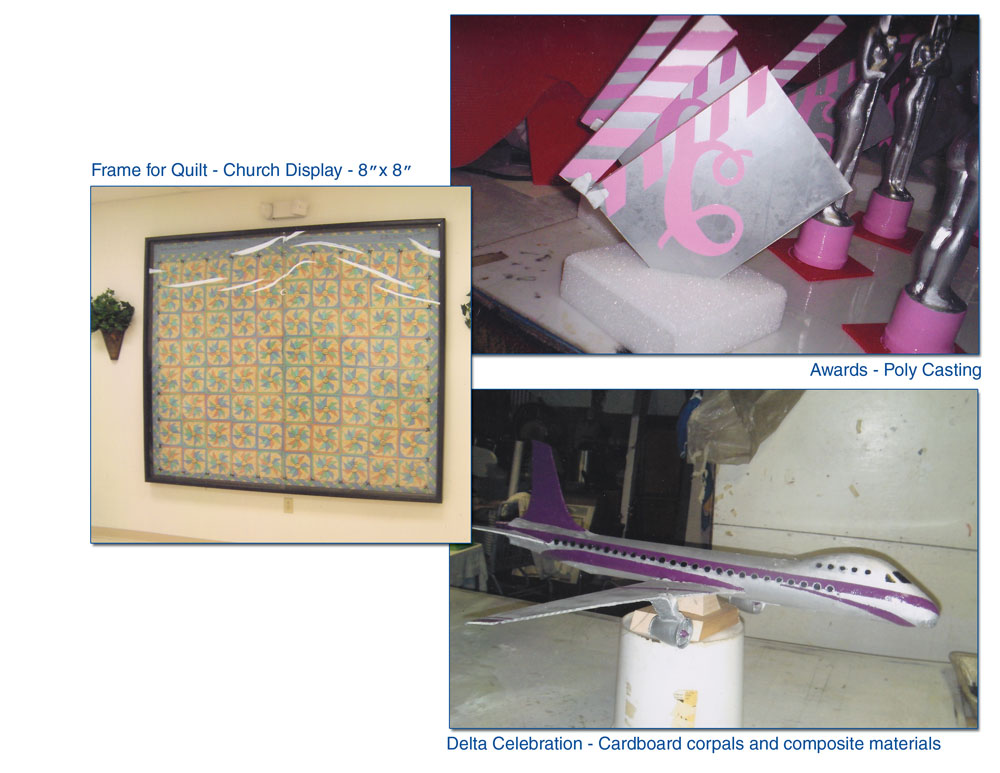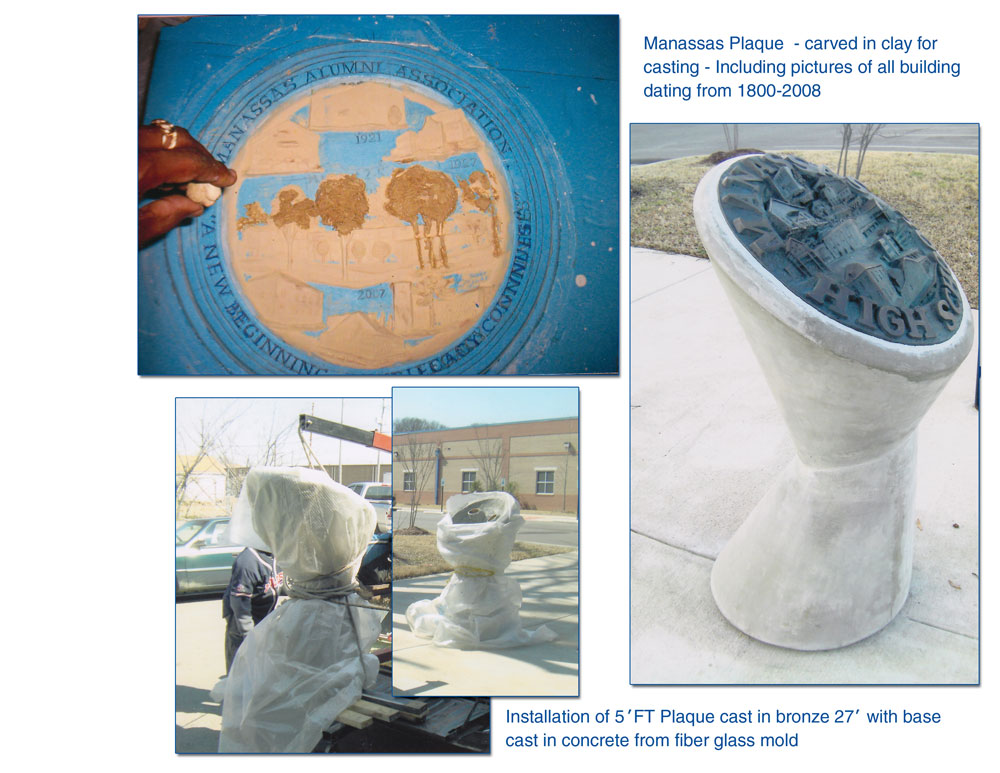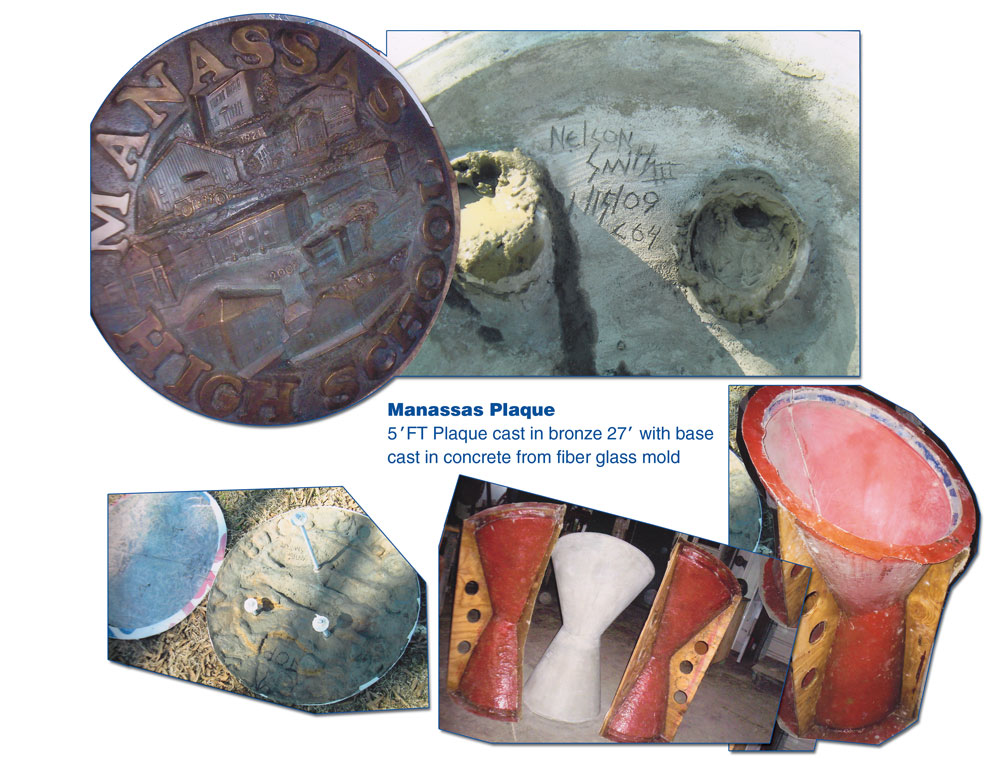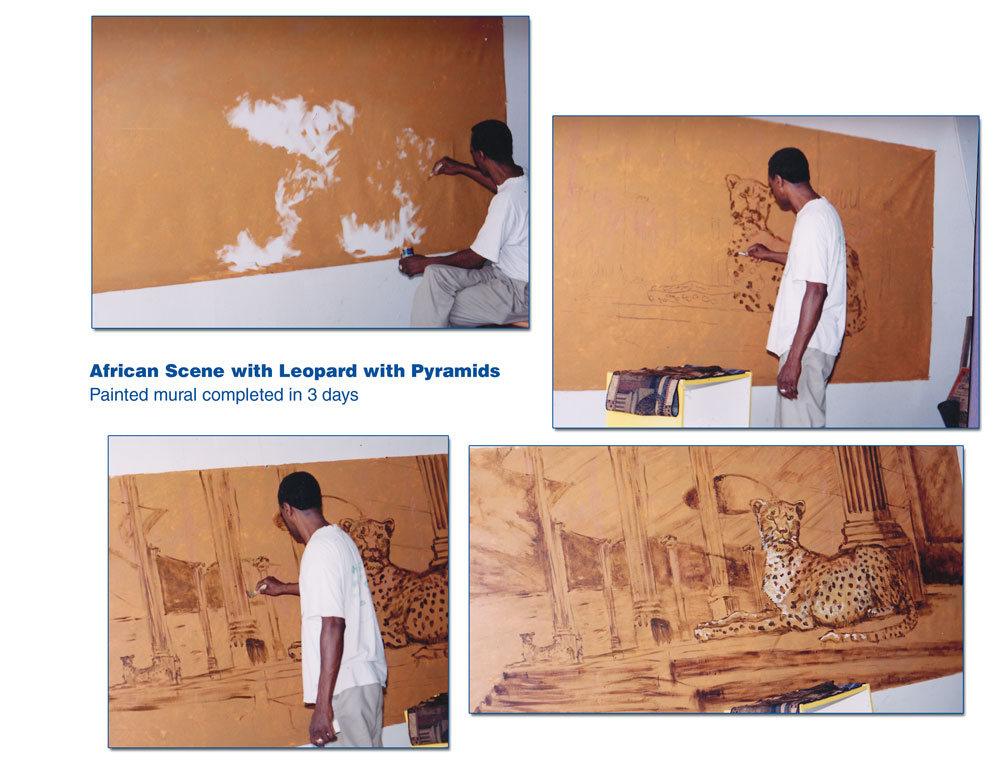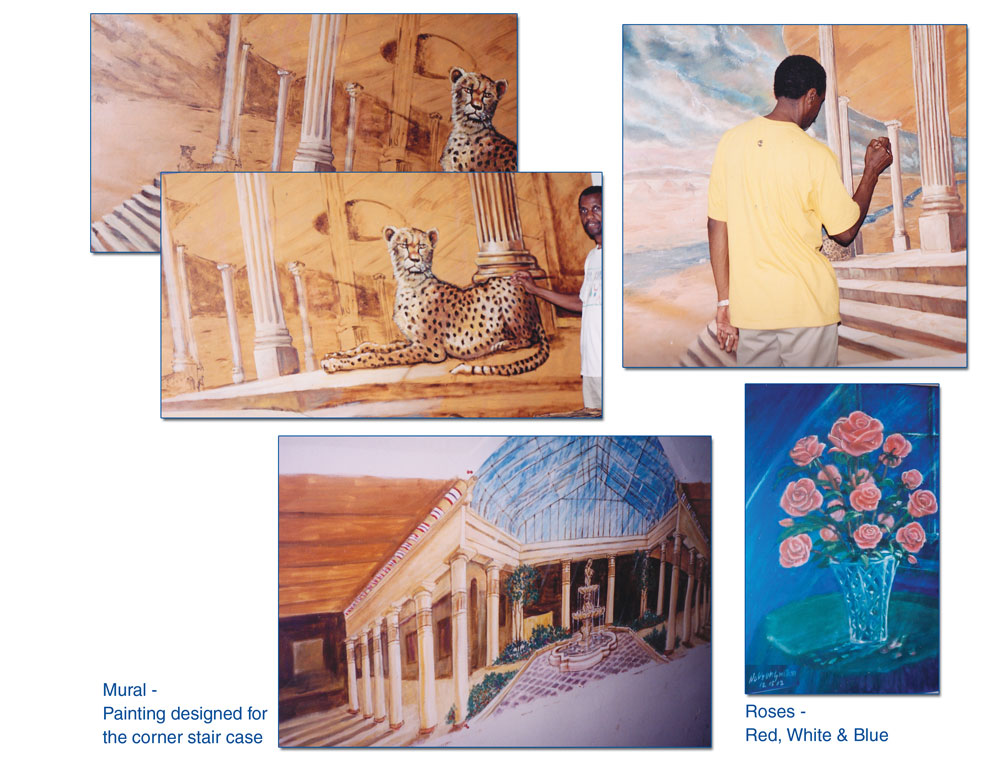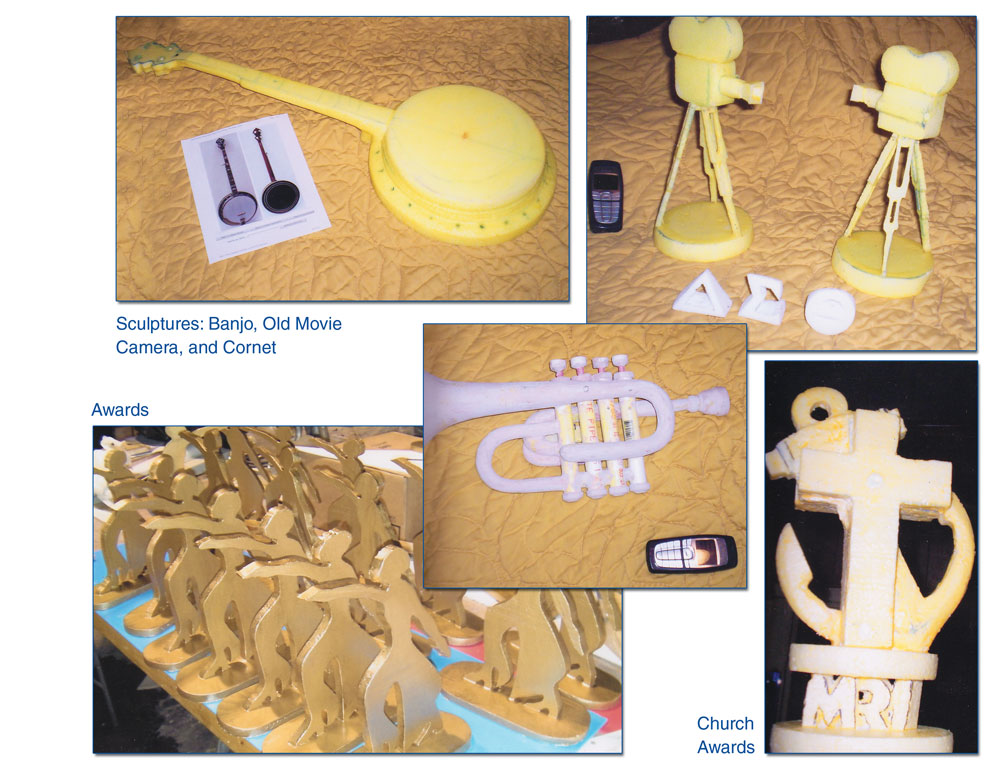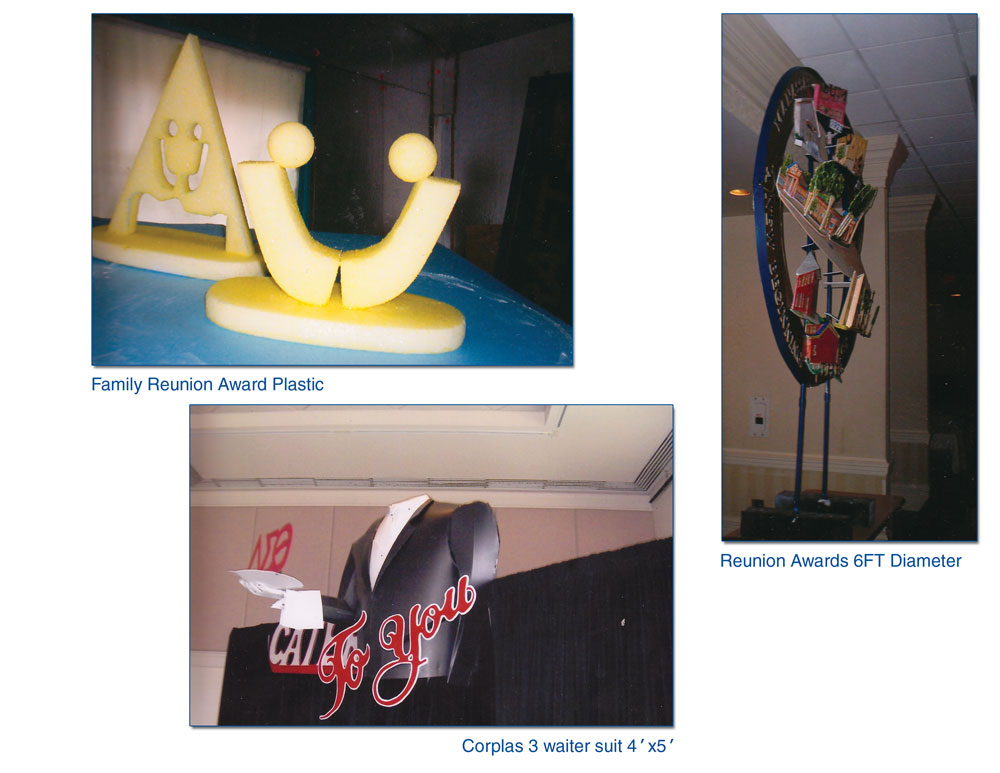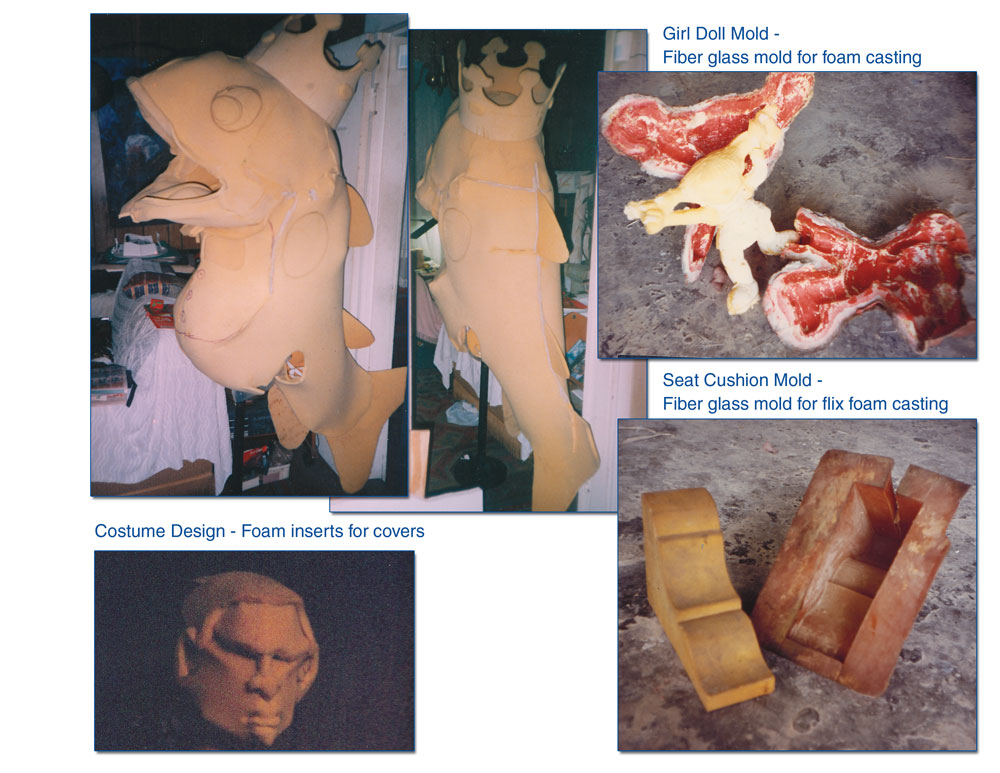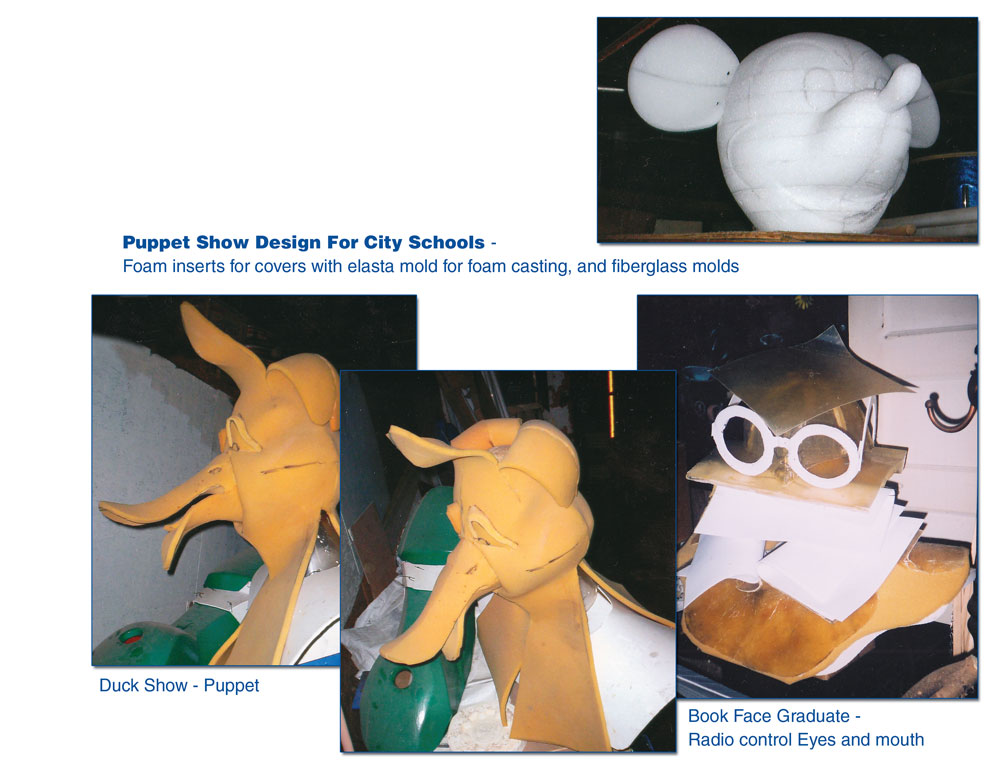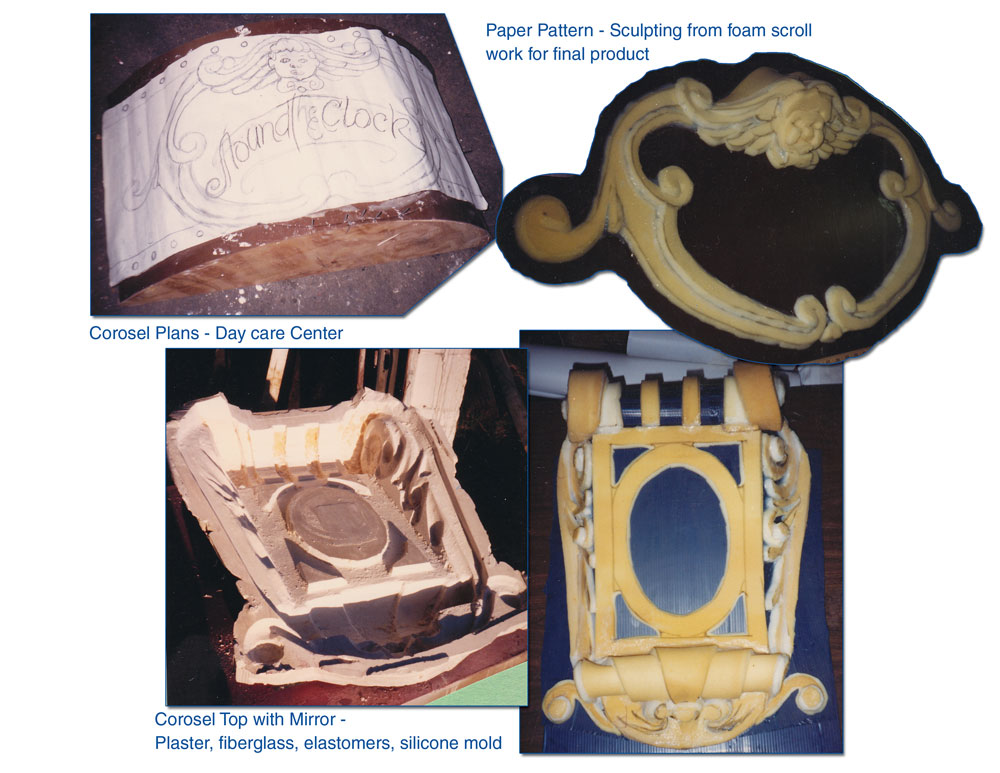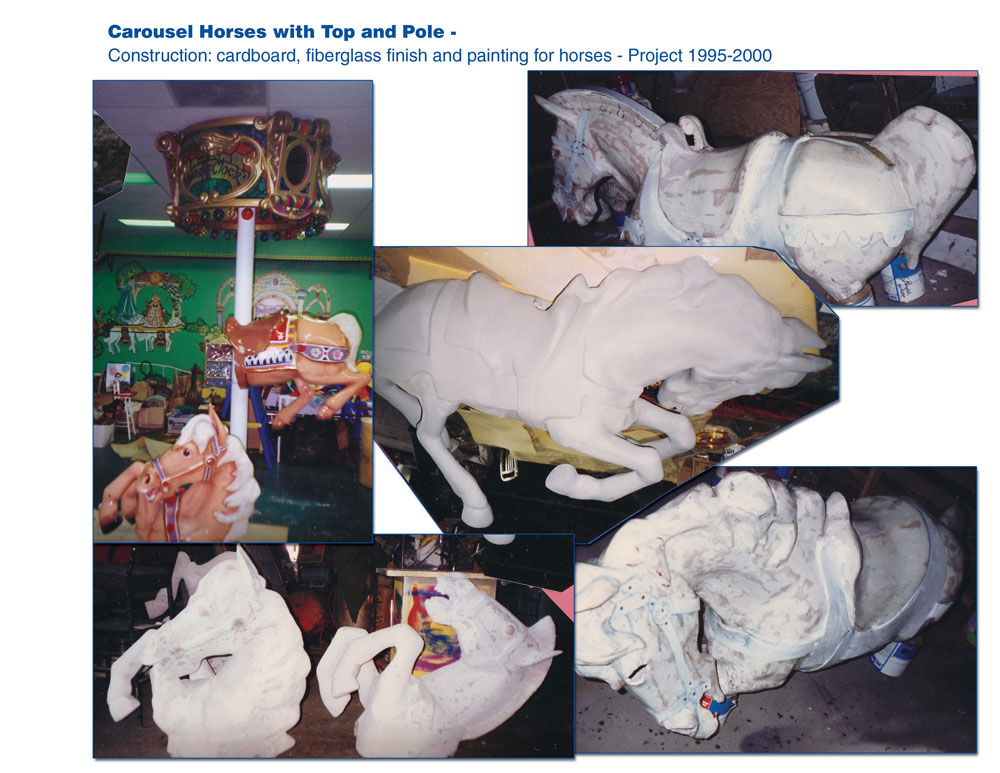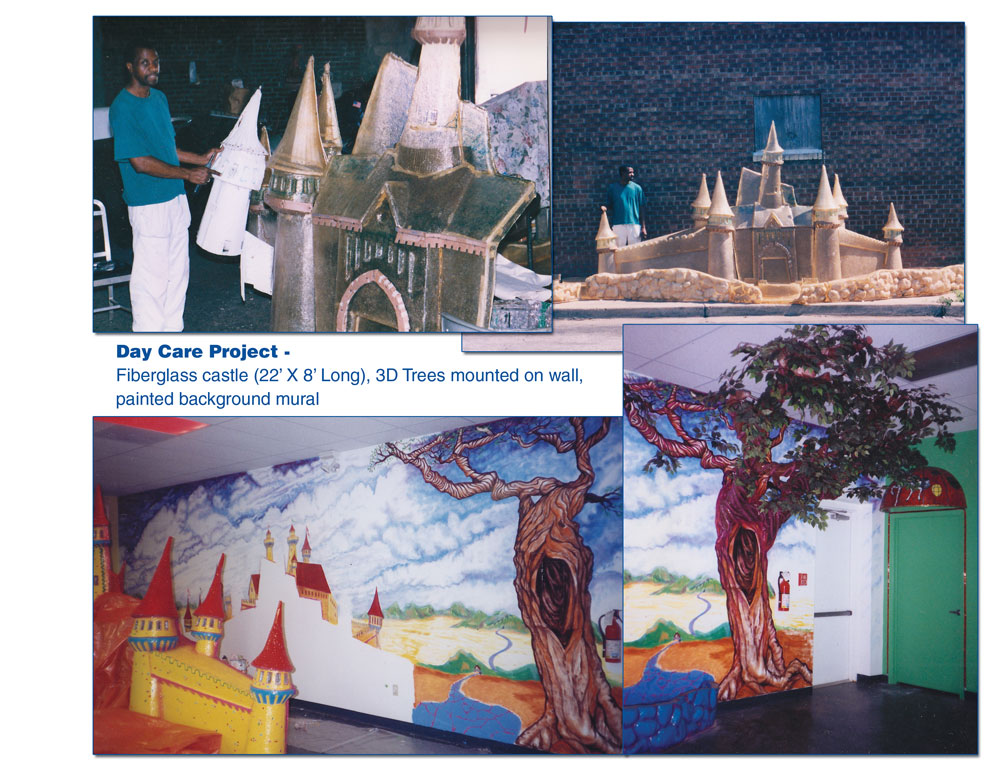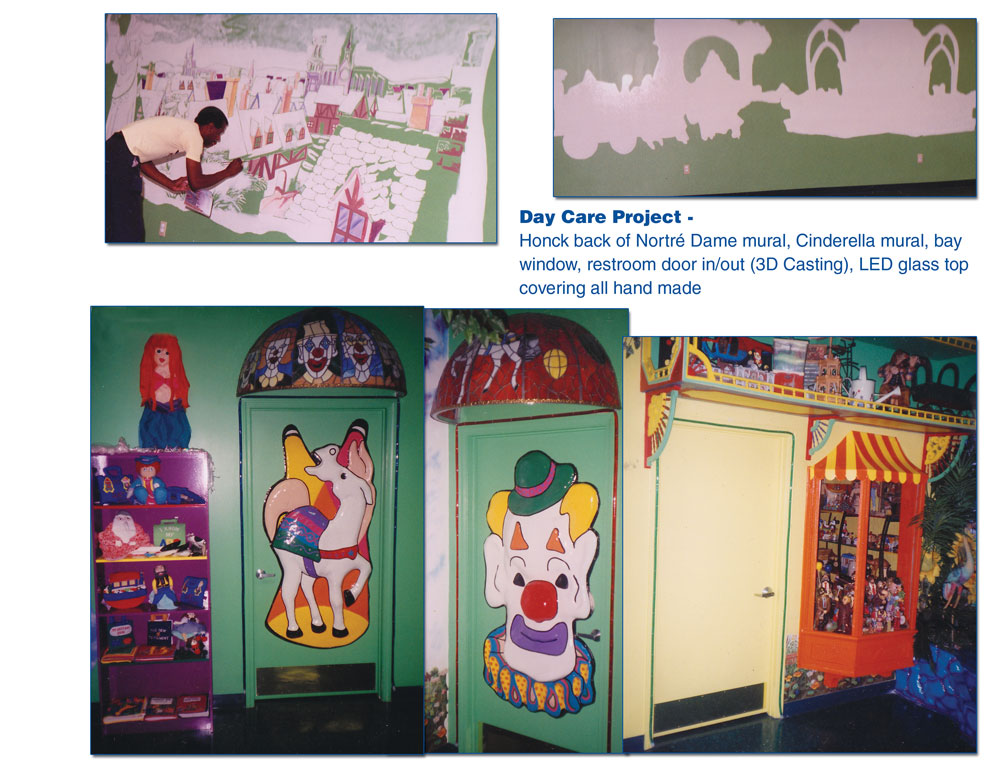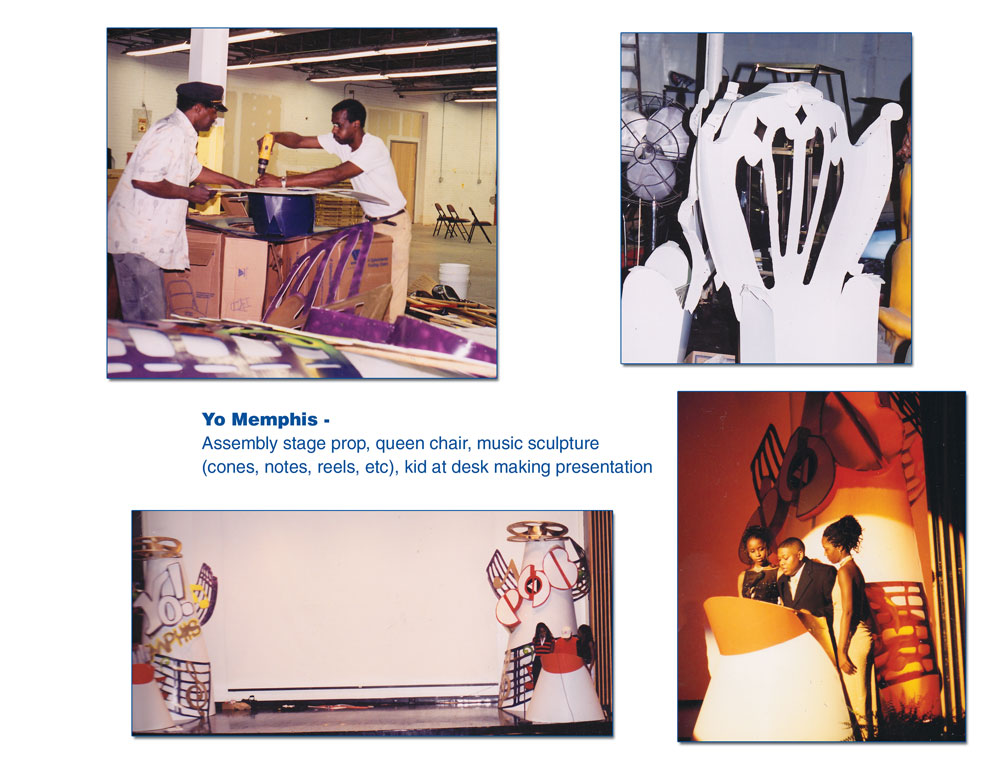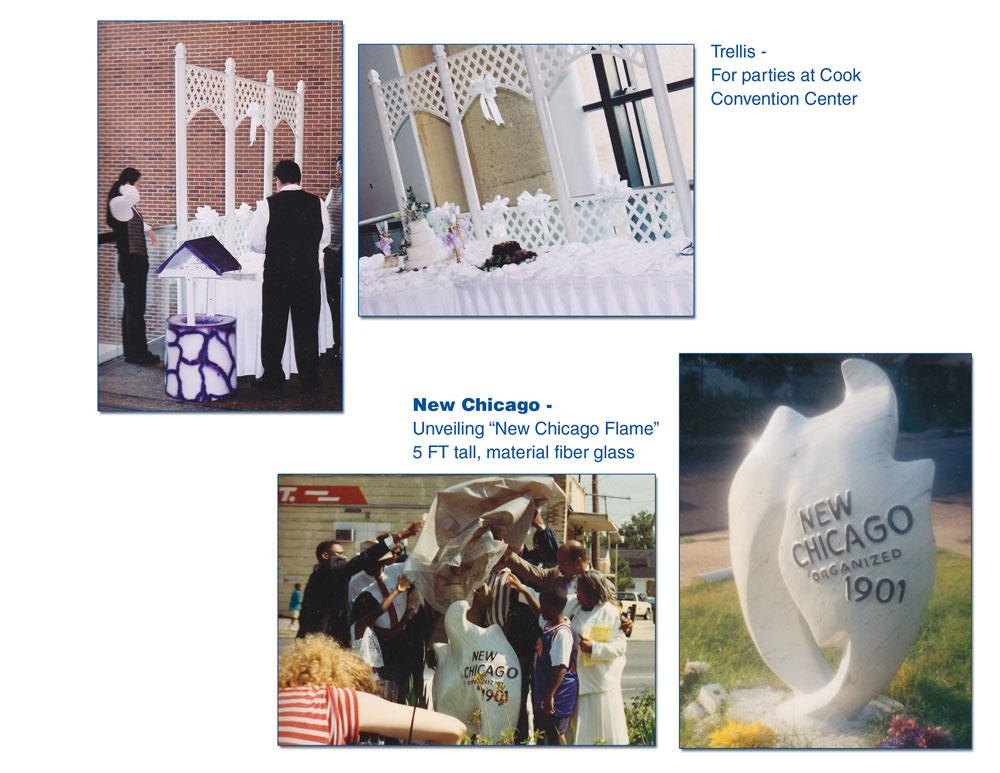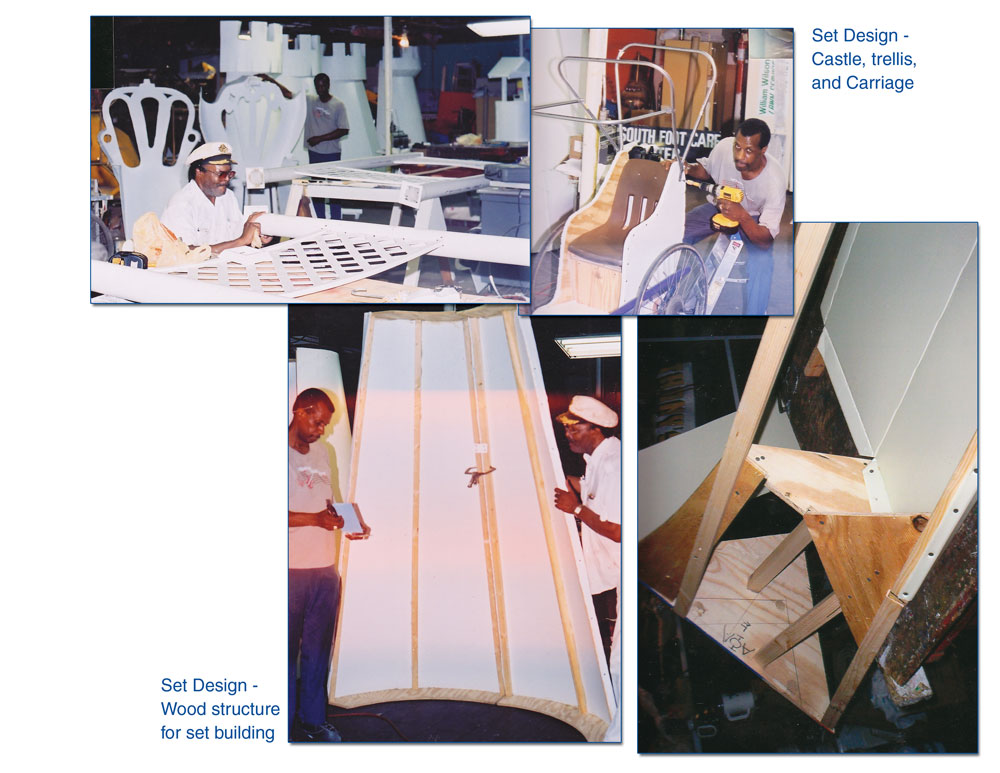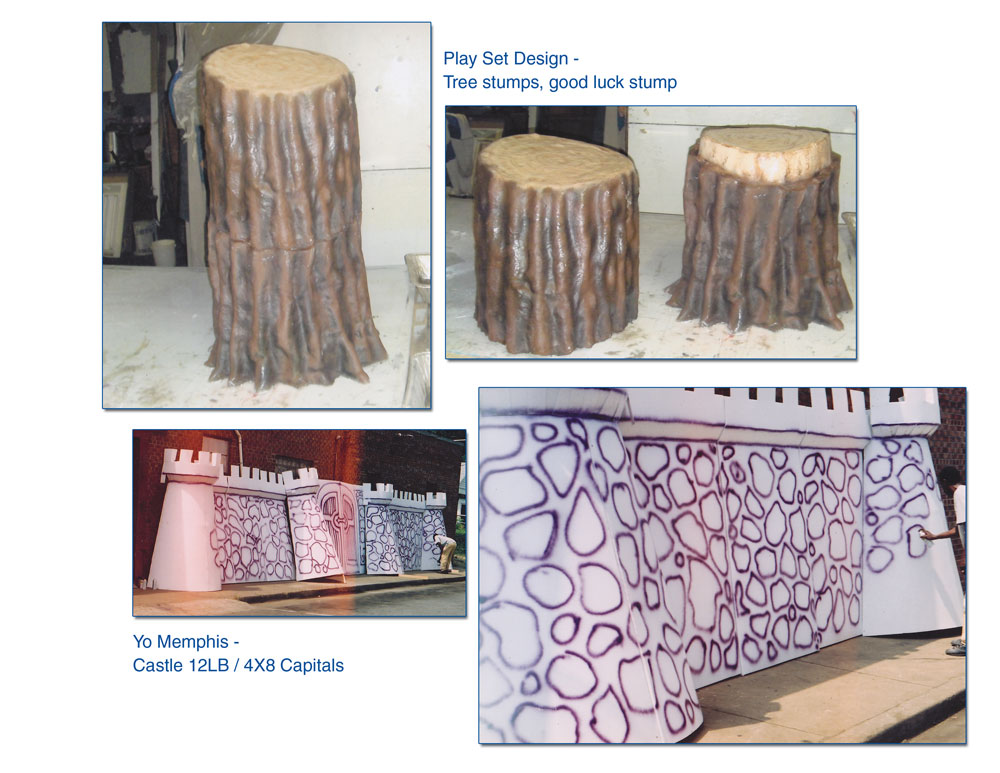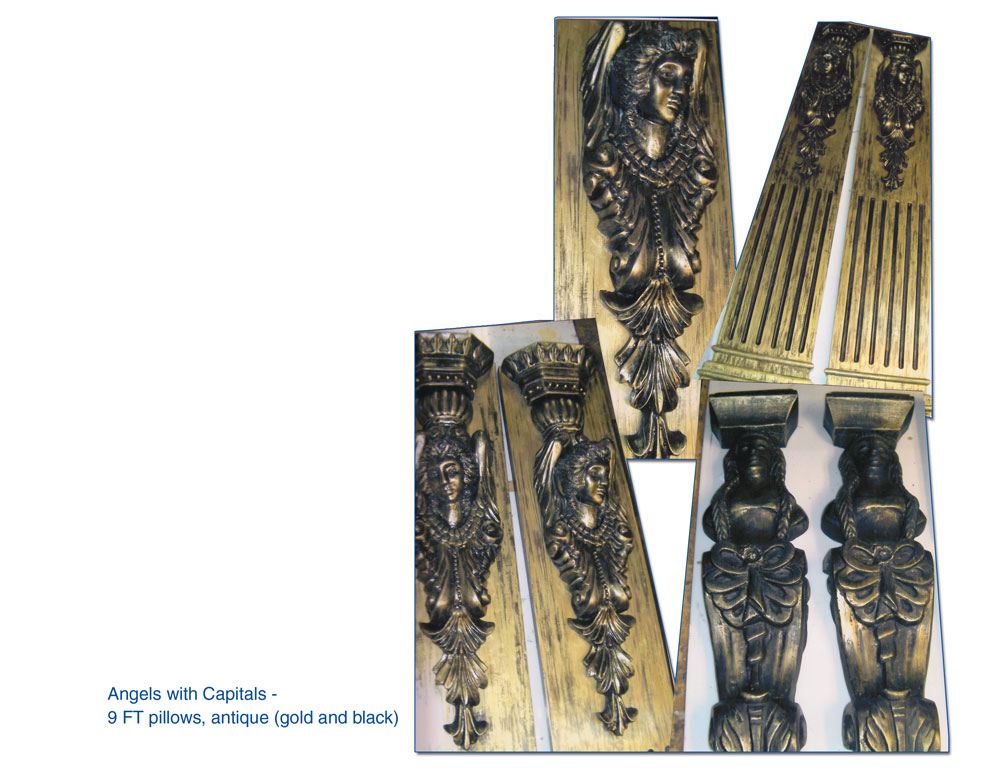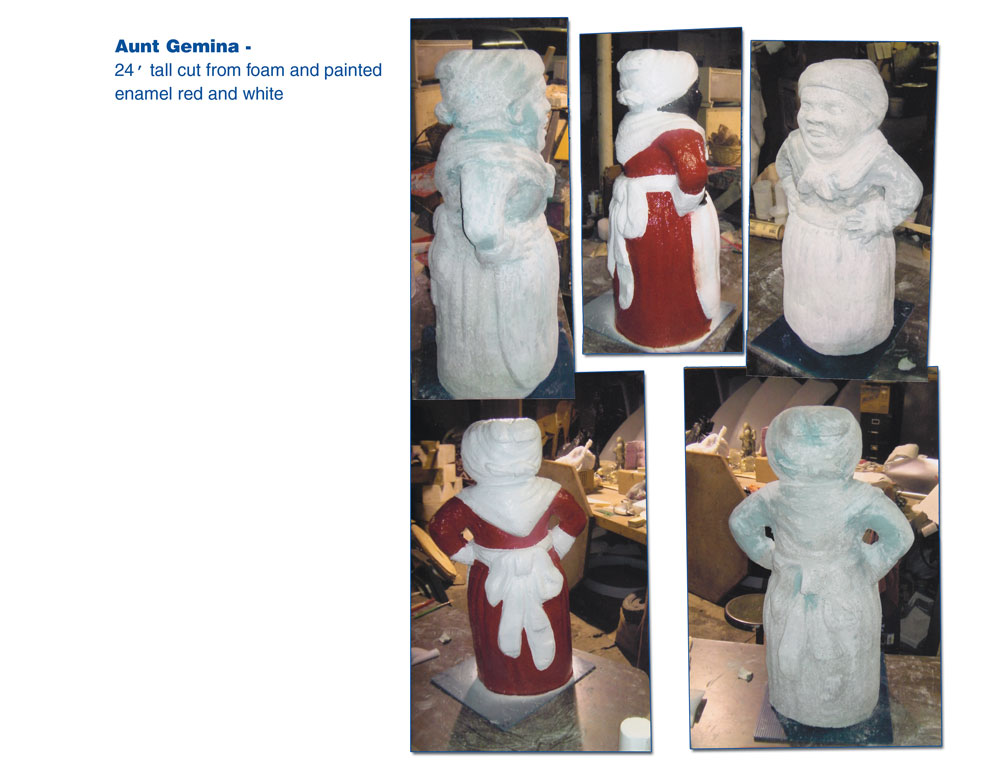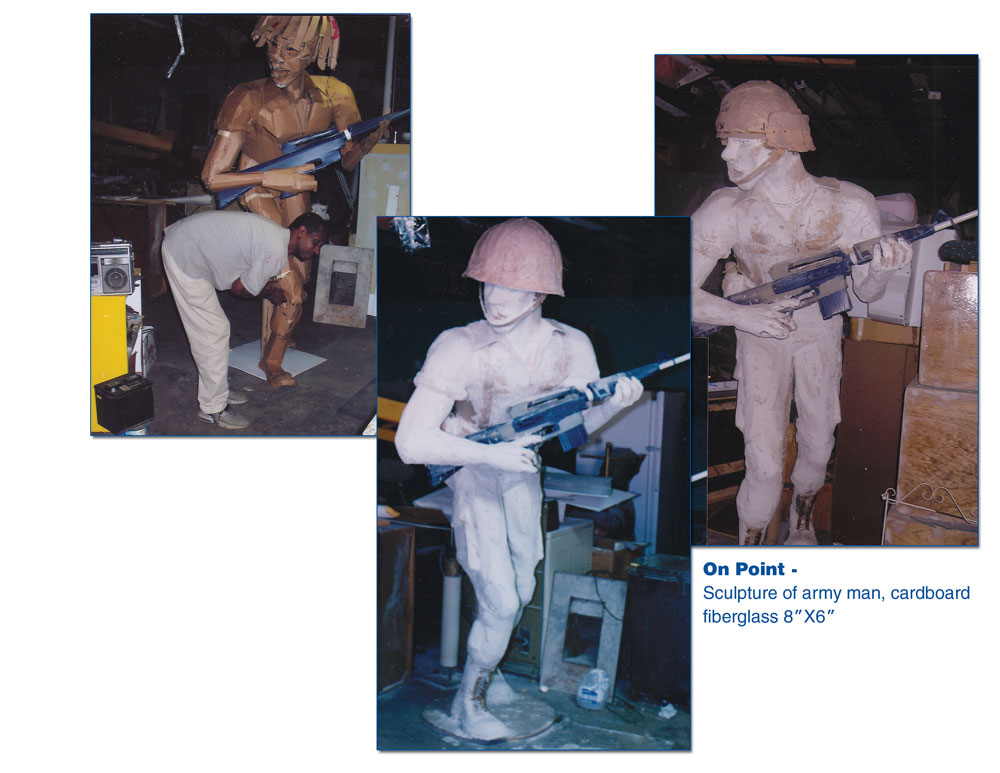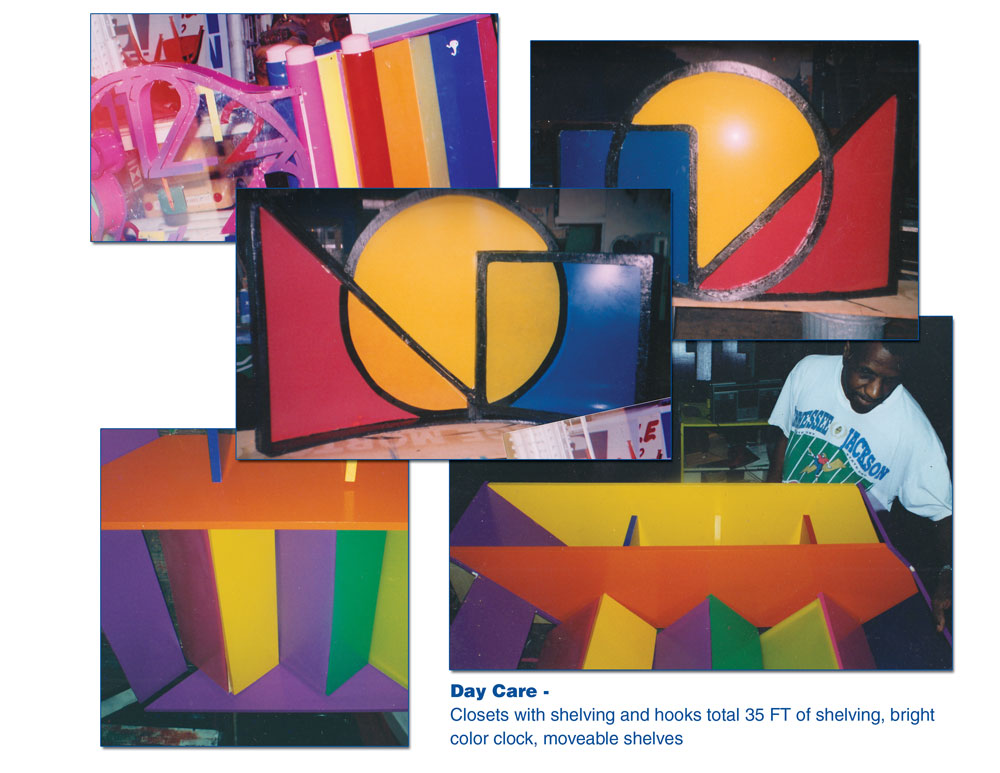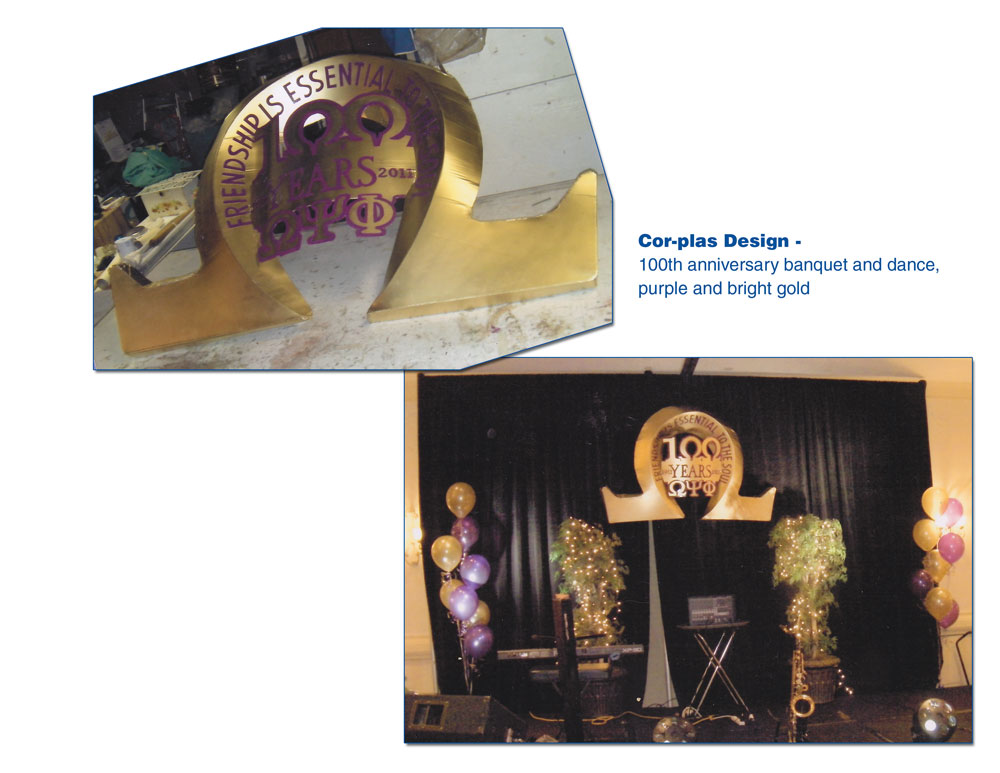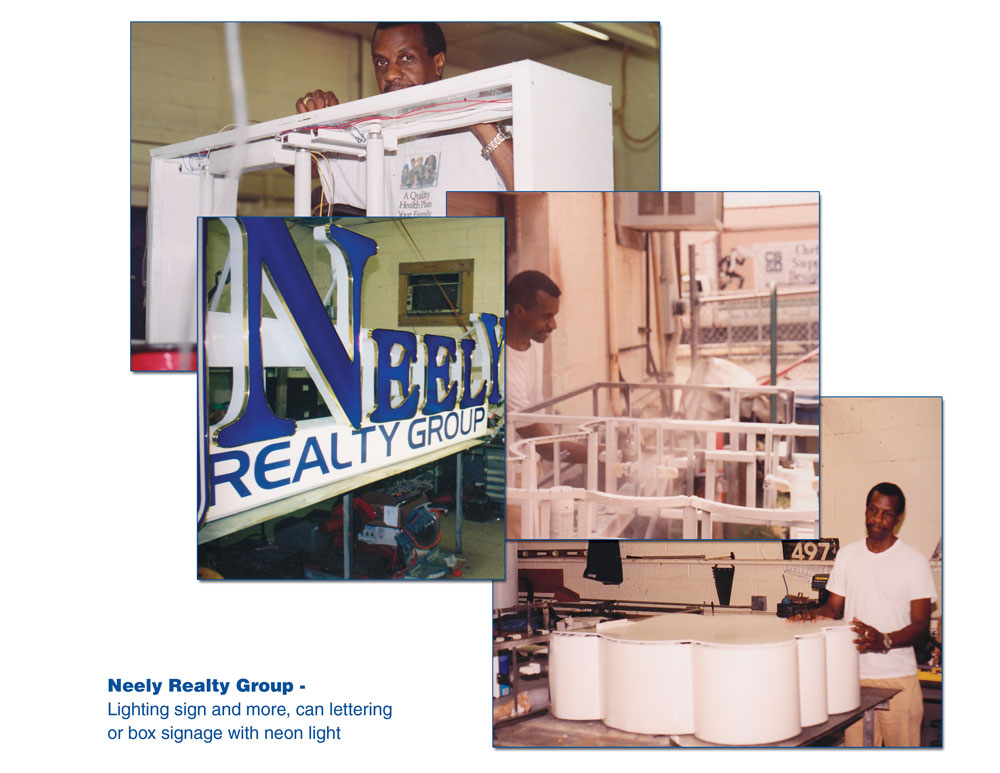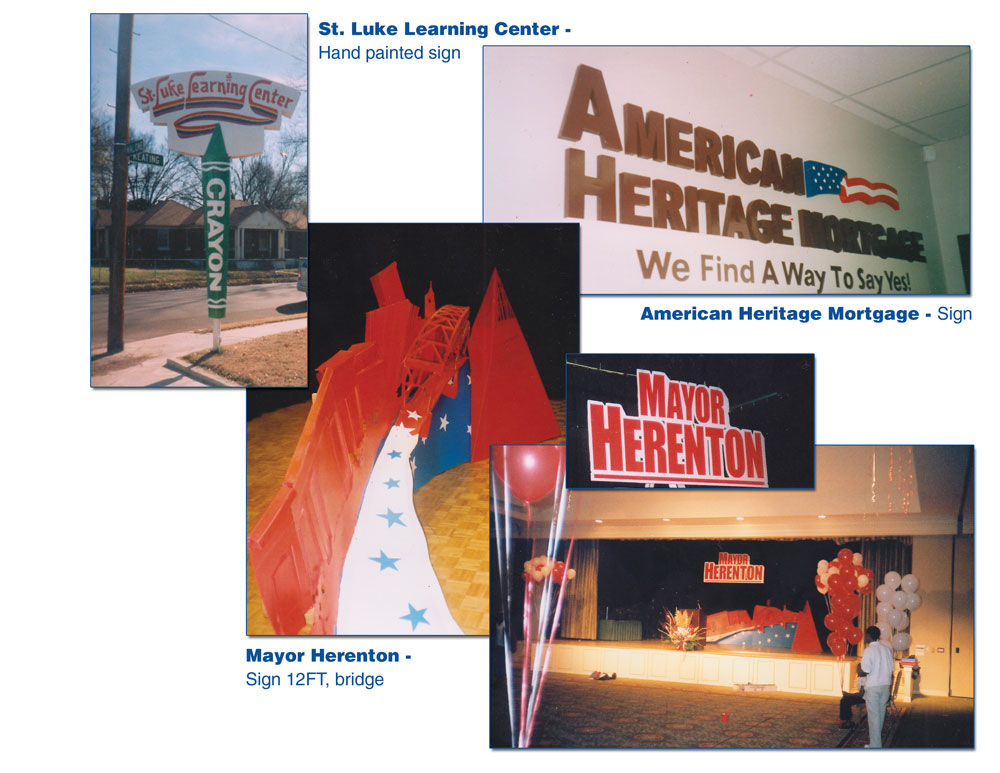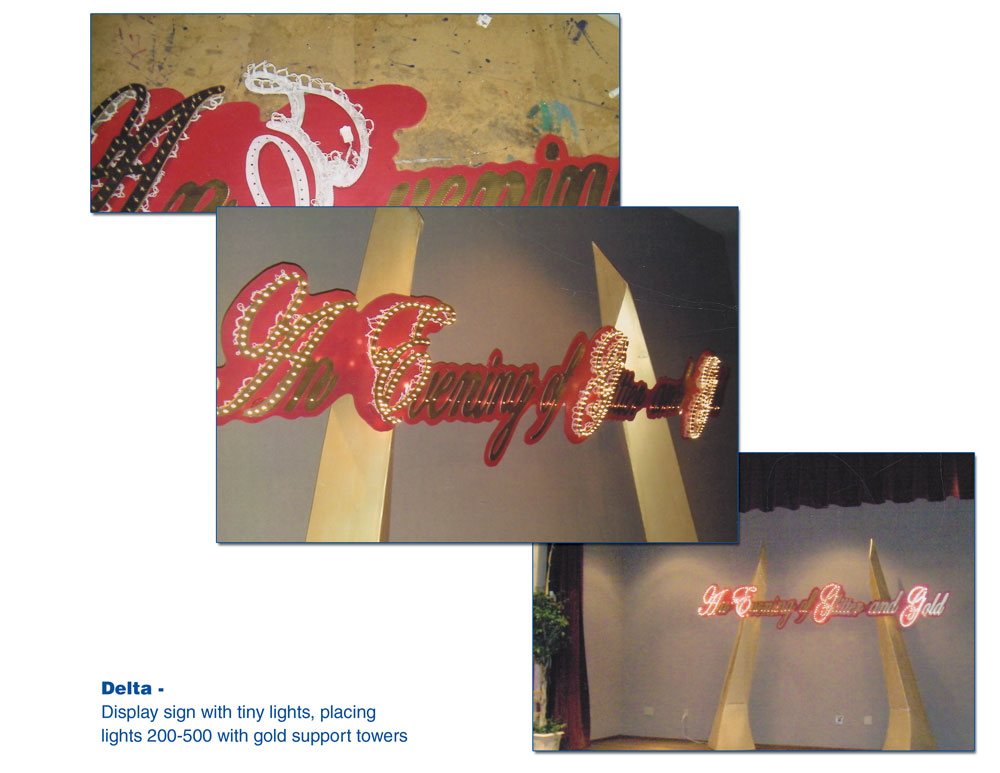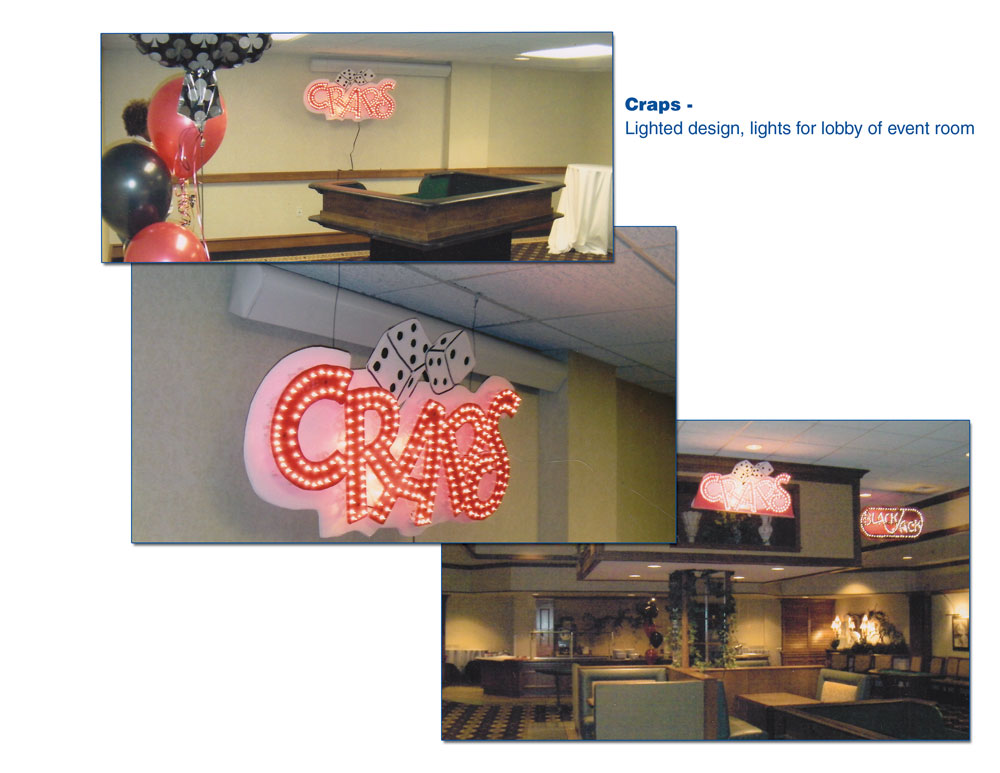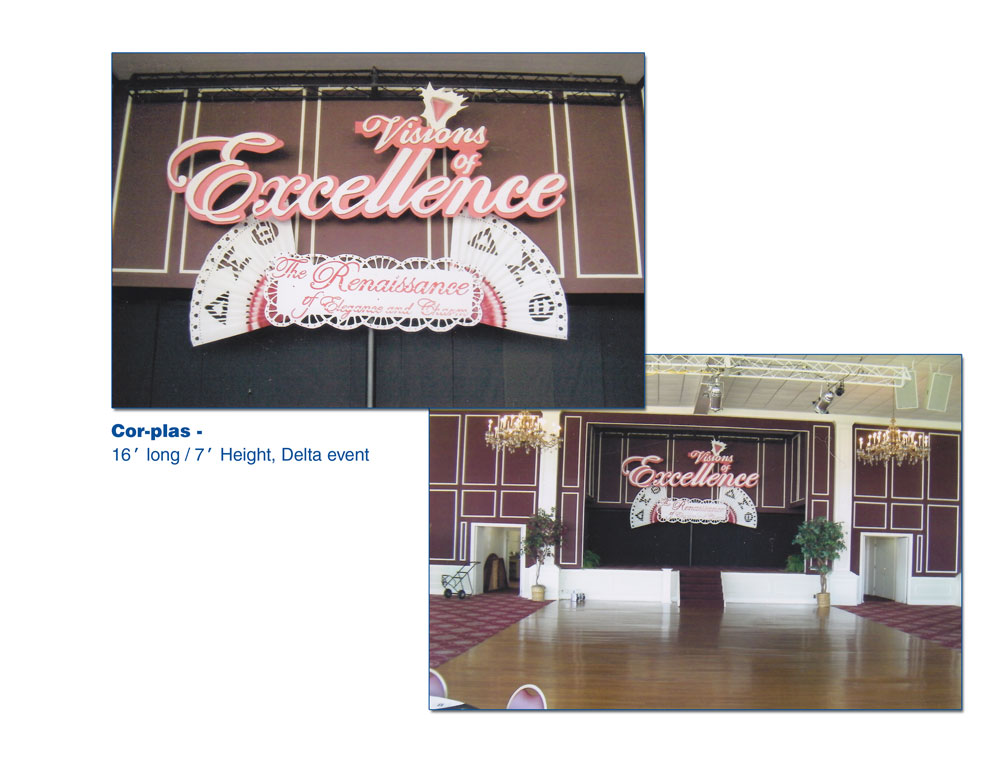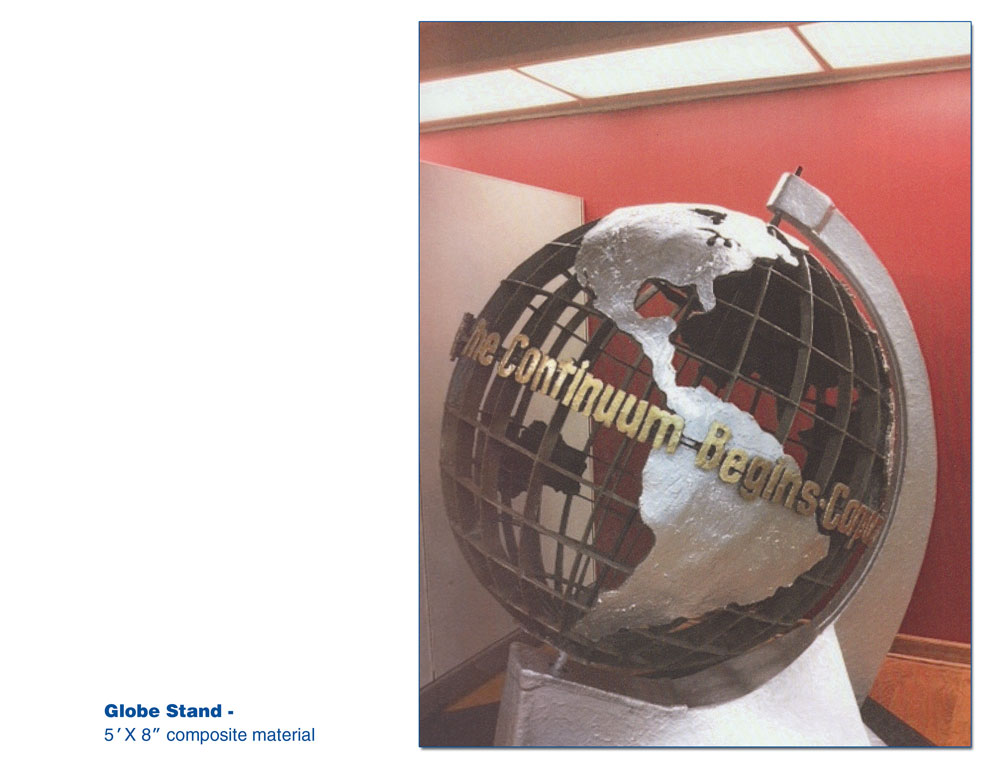
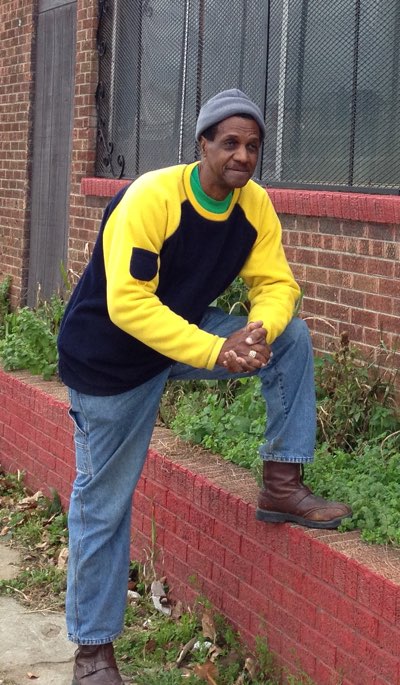
Nelson Smith III
Memphis Eccentrics by
PRESTON LAUTERBACH
Drive up Thomas Street, toward Frayser from downtown into the neighborhood known as New Chicago. Peek down Huron Avenue, and you'll see a car parked on the south curb beside an old nightclub. Your eyes aren't deceiving you — that is a red 1984 Pontiac Fiero transforming into a gray Ferrari. Ask one of the fellows sitting outside the club about it, and he'll explain: "That's Nelson's. If he gets an idea, he's likely to do something about it."
In a city renowned for its artists, Nelson Smith III remains one of Memphis' best-kept secrets. Smith, 63, creates fanciful and imaginative sculptures and is responsible for some of the city's iconic commercial art from a bygone era. Samples stand and hang throughout Smith's studio, formerly Currie's Club Tropicana, where a young North Memphian named Isaac Hayes had his breakout performance in the early 1960s.
Today the club is part sculpture studio, part machine shop, and part social club. Most days you can find a group of the artist's friends sitting around a shop table like the Knights of New Chicago, pouring big glasses of brandy, sipping cold beer, frying catfish, or barbecuing chicken. A 12-foot-tall combat soldier lunges at visitors with bayonet drawn just inside the entrance. He glares down through the Phillips-head screws that serve as pupils in his eyes. A yellow cartoon lion and a pig in a paper cap help lighten the mood. And a clue about the artist's past lurks in the shadows against the back wall. It's a 10-foot-tall mold of a familiar character unseen in these parts in quite some time — the cheerful, chubby Shoney's Big Boy, the restaurant's mascot from the 1950s until his untimely passage to mascot heaven in 1984.
In addition to Big Boy, Smith sculpted the Pizza Inn mascot, designed the logo for Cozy Corner Barbecue, and created art and signage throughout Libertyland, among dozens of completed projects. "That's what I do — I engineer art," he says.
Smith took up art as a 10th-grader at Manassas High School, not far from his present studio. He credits a year at the Memphis College of Art — permanently interrupted by Vietnam-era military service — for his mold-making skills. Since then, he's learned to make do with untraditional materials."
The stuff that you would throw out — cardboard and scrap wood — I use to shape models for the molds. I never could afford that hundred pounds of clay," he says, alluding to the title of the Gene McDaniels song about the material God used to fix the world. "I can make any shape out of cardboard."
His skill and economic use of materials helped Smith foster a mutually beneficial arrangement with the regional Shoney's franchise. "They kept ordering their statues from California, and it cost a thousand or better bucks just for the shipping, much less the cost of the Big Boy," Smith says. "I told them I'd make the statue for that."
Smith used one of the official Big Boy statues to create his mold and then made a fiberglass replica. He stood the statues side by side and invited the Shoney's owner to choose the original. "You're hired," the man told Smith, who produced about 15 of the statues for restaurants in the tri-state region.
The Shoney's work led to more restaurant projects. Smith outfitted the now defunct Moonraker eatery in Germantown with a pirate ship and theme-decorated Holiday Inn bars like the Red Fox Room and the Coronado Club. Smith explains that technology has since rendered his manual design, engineering, and production techniques obsolete: "I do this by hand, and the computer can cut it right out.
"Today, many of Smith's signs and sculptures are lost. He doesn't know what became of his Big Boys, but he stays busy designing sets for school plays and sound studios. And there are his labors of love, including the Fiero-Ferrari. "I'll get it running again," Smith says.
